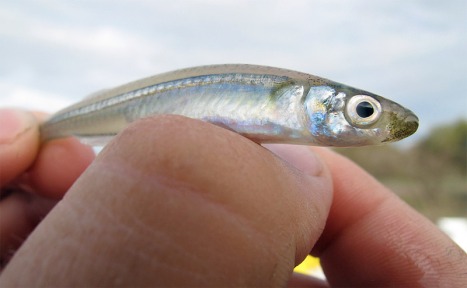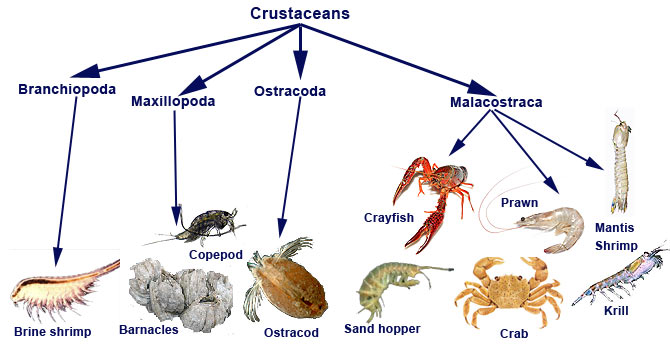
ON 3.13.2017, KIMLEY-HORN, ON BEHALF OF INDIAN RIVER COUNTY (IRC) UTILITIES, SENT A 150 PAGE APPLICATION TO THE FLORIDA DEPARTMENT OF ENVIRONMENTAL PROTECTION (FDEP) SEEKING A PERMIT RENEWAL FOR IRC’S SPOONBILL INDUSTRIAL WASTEWATER MARSH. THE PRIOR PERMIT WAS ISSUED ON 9.11.2012 AND IS SET TO EXPIRE ON 9.10.2017.
“Environmentally sound project development” is Kimley-Horn’s phrase for achieving the goal of meeting the regulatory requirements. It’s a process their experienced professionals have perfected.
Their team takes a rigorous, thorough approach to environmental studies – Categorical Exclusions, EA/FONSIs, EISs – and performs studies so trustworthy that clients typically get the permits and approvals they need.
In 2014 Engineering News-Record named Kimley-Horn No. 33 of the top U.S. design firms list.
On 8.20.2016 a local group in IRC, apparently led by Mr. Barry Shapiro and Indian River Neighborhood Association Executive Director Carter S. D. Taylor, challenged the proper functioning of Spoonbill Marsh; that it is not being properly maintained by the county with specific regard as to how it collects and reports data, filing a complaint to FDEP.
On that date Mr. Shapiro sent an email to 64 public officials, environmentalists and media contacts indicating he had been “led to believe this is not only an environmental tragedy but also a potentially criminal action.”
Here is a link to Vero Communique’s article related to this Spoonbill Marsh controversy.
But when you dig down into Kimley-Horn’s IRC Utilities permit renewal application, Mr. Shapio and Mr. Taylor’s complaint to the FDEP related to alleged pollution at the Indian River County Spoonbill Marsh filtration facility does not appear to have any merit.
Here are some details from Kimley-Horns application:
“The Spoonbill Marsh has had a large beneficial net environmental impact.”
“Based on successful sediment and benthic macroinvertebrate (small animals living among stones, logs, sediments and aquatic plants on the bottom of streams, rivers and lakes) sampling from six stations in the Spoonbill Marsh, and the diversity, evenness, and species richness in the Marsh, it is requested to (FDEP) to discontinue further costly testing and monitoring of the Marsh. The density and variety of species does not appear to be affected in any way with the Spoonbill Marsh discharges, and benthic sediments don’t appear to be impacted by the marsh.”
“The chronic effluent toxicity test results for 7-day, IC25 for the four years tested for Americamysis bahia (mysid shrimp) and Menidia beryllina (inland silverside) were passing and in compliance, with the exception of inland silverside for the first half of 2013, which was deemed a result of a mechanical problem in the pumping system. The required repeat consecutive weekly tests on Americamysis bahia both passed.
Therefore, the performance of the Spoonbill Marsh with respect to chronic toxicity is consistent and demonstrates compliance.

(Inland silverside is a fish of estuaries and freshwater environments.)
“The Spoonbill Marsh provides a beneficial environment for the benthic macro invertebrates.”
“With respect to Gross Alpha and Radium 226/228, (constituents of concern) the average effluent concentrations were well below the permitted limits of 15 pCi/L and 5 pCi/L combined, respectively.”
“Total Phosphorus (TP) and Total Nitrogen (TN) reductions clearly occurred across the marsh and a total reduction in phosphorus and nitrogen loading was experienced.
For the monitoring period January 2013 to December 2016, total phosphorus and total nitrogen influent percent removals were 45.99% for total phosphorus and 41.63% for total nitrogen for that same period.”
“Oxygen is a product of photosynthesis. During the daytime when photosynthesis rates are typically high, enough oxygen is generated by the marsh, all of the DO levels were above 5.0 mg/L in the concentrate and blended flow. DO reached as high as 8.6 mg/L in the blended flow to the marsh. The minimum and maximum pH levels in the blended influent (EFF-03) were 7.08 and 7.93, respectively, well within compliance.”

Also included in the permit application was a 2.2.17 report from Ecological Associates, Inc. (EAI) regarding Spoonbill Marsh Sediment and Benthic Macroinvertebrate Results.

A Crustacea Group
In terms of Spoonbill Marsh Sediment Results, “Rocks were abundant in the Spoonbill Marsh stations and often forced additional ponar grabs (widely used in fresh and salt water for taking sediment samples from hard bottoms such as sand, gravel, consolidated marl or clay) to meet collection criteria.
Spoonbill Marsh station sediments—based on the Unified Soil Classification System— were predominantly a mixture of well-graded sands (SW) and silty sand (SM). The predominant sediment type at the Reference stations is silty sand (SM). Fine sediments make up a lower percentage of surface sediments at the Spoonbill Marsh than at the Reference stations. The sediment grain-size results have been certified by a professional geologist.”
On 3.29.2017 two representatives from FDEP visited Spoonbill March.
Mr. Shapiro and Mr. Taylor have apparently had a two hour meeting with FDEP, according to a reliable source.
From Barry Shapiro:
Despite Mr. Hardy’s Communique, the facts are that Spoonbill may be in violation of it’s original permit, the ineffective and incomplete berm is allowing water from Spoonbill to leak flow into the neighboring property to the north owned by the Indian River Land Trust doing perhaps irreparable harm and the methodology of monitoring by the County is at best inadequate. If the County Commissioners didn’t know that these 3 things were happening then they are incompetent in their jobs and should be replaced. If they knew and did nothing about it than in my opinion they are nothing more than criminals who intentionally harmed the lagoon for political gain. Our information is backed up by facts and the DEP seems to so far agree with us. They have issued an RAI to the County before the permit will be renewed and will be demanding verifiable, automated monitoring, one of the points we made and requested in our report. And they are showing concern over the condition of the berm.
We also know that the County has already taken some steps to rectify some of the issues that we presented in our report so as to show the DEP that they are fixing these problems. Just the fact that they now admit that these issues exist wherein before they vehemently denied them justifies our efforts.
Mr Hardy may be a poet but he is also a political hack who must be in bed with Bob Solari, and that does not conjure up a pretty picture. He really knows nothing about the iossue except what the County feeds him.
In the end it will come down to the ruling of the DEP, which has been very ‘lenient’ in dealing with the County in the past. However, Spoonbill is now under the jurisdiction of the DEP office in West Palm (previously it was in Orlando) and it appears they will not be as forgiving as their counterparts in Orlando. We shall see.
LikeLike
For the record, verbatim comments attributed to me in this article are the words of Mr. Shapiro, and not myself.
Additionally, neither I nor IRNA have made any public comment heretofore, or lodged a “complaint” with DEP.
I merely raised a question with County elected officials whether the Spoonbill Marsh has been operated in accordance with its DEP license, and concomitant impact on adjoining conversation property. I have also expressed concern to them about the veracity of certain data collection methods that I believe result in an over-statement net environmental benefit and TMDL reduction.
The record will show that I brought these concerns to the attention of County elected officials in a series of office meetings in December, 2016, and the County officials without exception responded in the affirmative that the concerns would be examined, and action taken.
Subsequent actions taken by the County to address permit compliance at the facility validate that the concerns I expressed were, in fact, substantial and correct.
I am not sure why I should feel on the defensive for exercising the civic duty to inform elected officials, which I felt compelled to do after public comments clearly indicating they were unaware of problems with Spoonbill Marsh.
While scientifically impressive, the Kimley-Horn and EAI papers captioned in this article are off-topic with respect to the real issue, and do not shed any light on the actual remediation that the County is busy making to the facility.
LikeLike
Pingback: An Update on Indian River County, FL’s Spoonbill Marsh Industrial Wastewater Facility. | Vero Communiqué